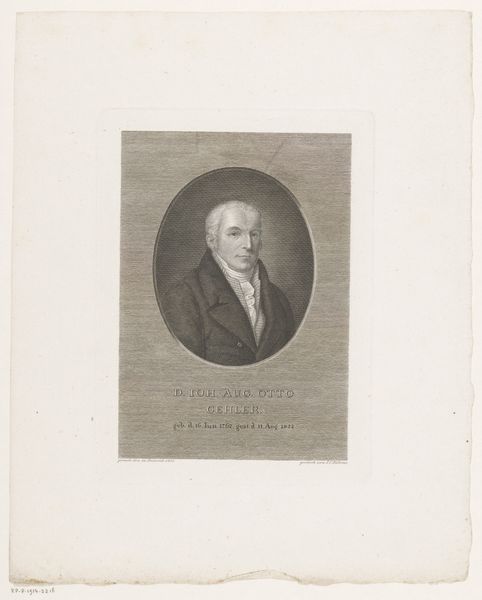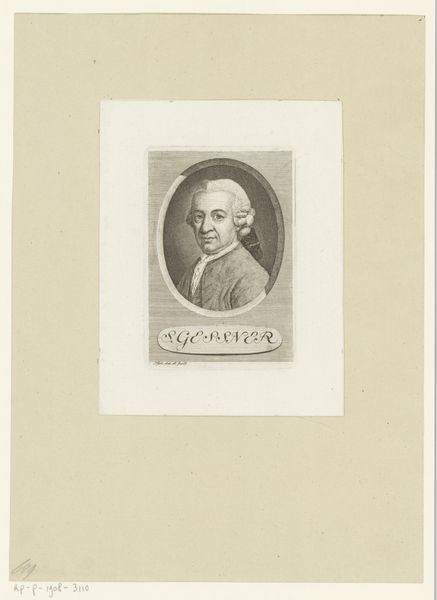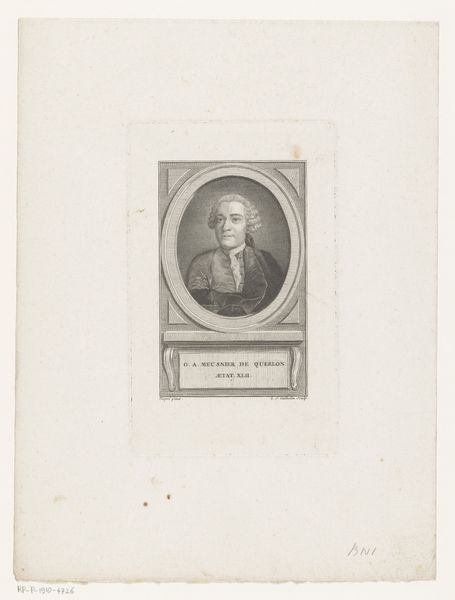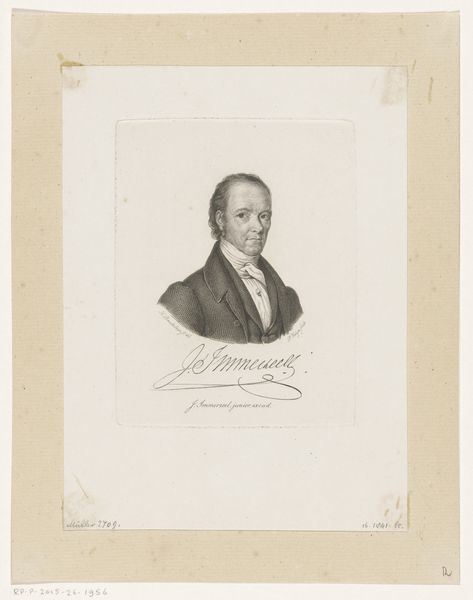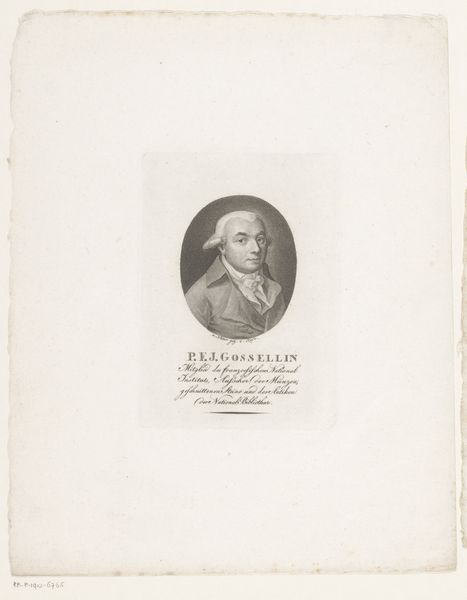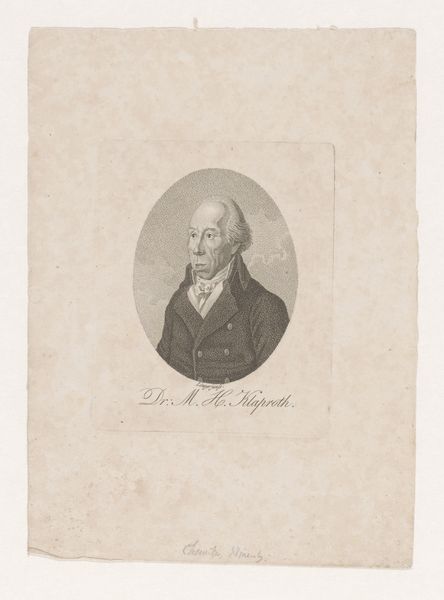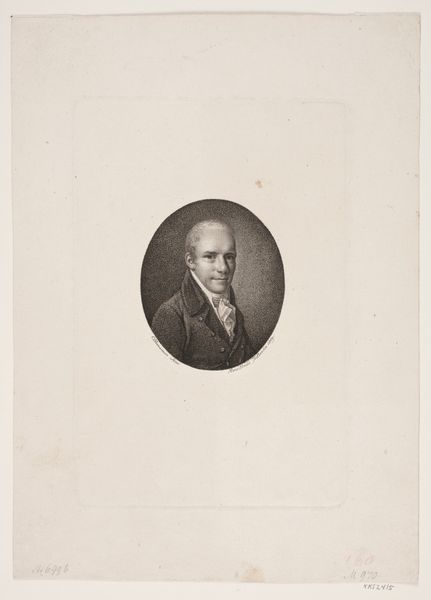
paper, engraving
#
neoclacissism
#
paper
#
engraving
Dimensions: height 121 mm, width 83 mm
Copyright: Rijks Museum: Open Domain
Editor: Here we have Johann Heinrich Lips' "Portret van Johann Heinrich Jung-Stilling," an engraving on paper made sometime between 1768 and 1817, here at the Rijksmuseum. There's a stillness to this piece; what social narratives are layered within? Curator: Precisely! Considering the subject and the Neoclassical style, this portrait reflects the Enlightenment’s emphasis on reason and individuality, but also its exclusions. How does this ideal of enlightened masculinity shape our understanding of the depicted figure, Jung-Stilling? Editor: So, beyond the aesthetic of the time, you're saying there's a specific construction of identity happening here? What are some things to keep in mind about the society this image circulated in? Curator: Absolutely. This engraving not only memorializes an individual, but also reinforces certain power structures inherent in 18th-century European society. Consider the restricted access to education and public life during that time: How might Jung-Stilling's race, class and gender offer us some ways to contextualize this artwork? Editor: That definitely adds depth. I see it less as a simple portrait now and more as a document reflecting a very specific set of social values. It's almost like the portrait embodies the values of its time, even the problematic ones. Curator: Exactly. And that’s where its continued relevance lies: in prompting us to critically examine the legacies of the Enlightenment and their impact on contemporary society. Editor: Thanks for that! It is not *just* an image anymore. It really highlights the value of art history and social theory together. Curator: It's been enlightening to delve deeper into these intersections!
Comments
No comments
Be the first to comment and join the conversation on the ultimate creative platform.
